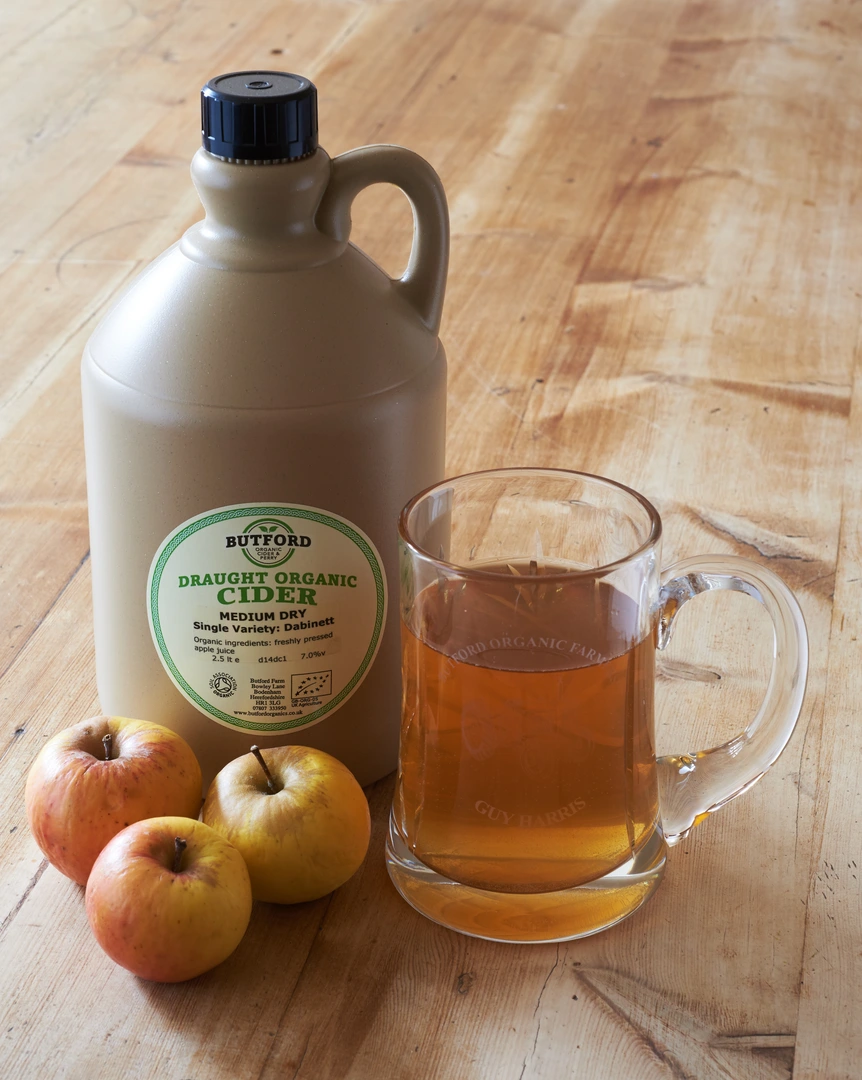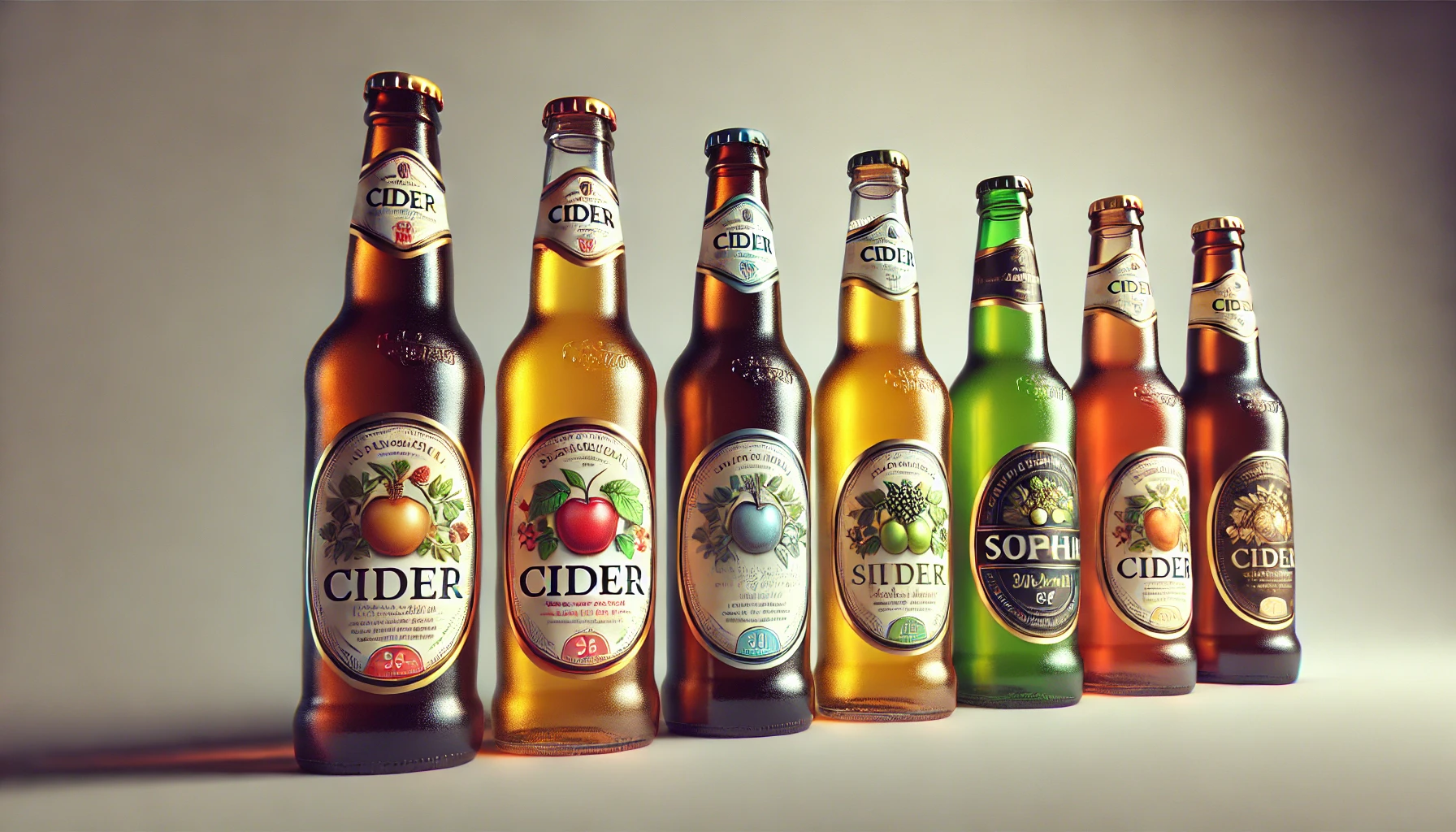Still vs Sparkling Cider Compared
- Still Cider:
- Carbonation: None.
- Taste: More pronounced apple flavours and ranging on the dry side.
- Texture: Smooth, wine-like.
- Sparkling Cider:
- Carbonation: Present, ranging from lightly to heavily carbonated.
- Taste: Refreshing, with varying degrees of sweetness.
- Texture: Bubbly and effervescent.
What is Still Cider?
Still cider is the natural state fermenting apple juice will evolve to as all the sugar in the juice turns to alcohol. The result is a smooth and flat drink but with the complexity of fermentation.
The production of still cider, though simpler, demands as much, if not more, attention and skill than its sparkling relative to preserve its quality. This is because the carbon dioxide produced during fermentation escapes. For sparkling cider, this carbon dioxide gives protection by remaining in the bottle and forming bubbles in the cider.
What is Sparkling Cider?
Sparkling cider is defined by its carbonation, that is how it becomes fizzy. This can be achieved by several methods although the three primary ones are:
- Force Carbonated: This method involves directly injecting CO2 into the still cider, similar to using a soda stream.
- Champagne Method: With this approach, a nutrient, eg sugar, and yeast are added to the still cider and allowed to ferment in the closed bottle – a secondary fermentation.
- Méthode Ancestrale (or Pet Nat as it is often known as): This is the most natural way to carbonate. Before the cider has finished its primary fermentation it is bottled and the fermentation allowed to finish in the bottle. The result is a fizzy cider which has had nothing added to create the bubbles. It does require great skill and care to be successful.
Each of these methods contributes uniquely to the final product, influencing the intensity and quality of the carbonation, and thus, the overall tasting experience.
Regional Preferences
The preference for still or sparkling cider varies significantly across regions. In Asturias, northern Spain, still cider is not only a traditional choice but a cultural emblem. Here, cider is often served using the escanciado technique, where cider is poured from a height to create a slight fizz upon serving. In Britain’s West Country, still cider is a significant part of the cider tradition.
In contrast, in countries like the US and UK, sparkling cider tends to be more popular, aligning with the general global trend towards carbonated beverages. To get even more precise, sparkling cider in generally enjoyed in its sweet form too. However, with how big the cider market has grown it is common to find both kinds of cider in shops.





